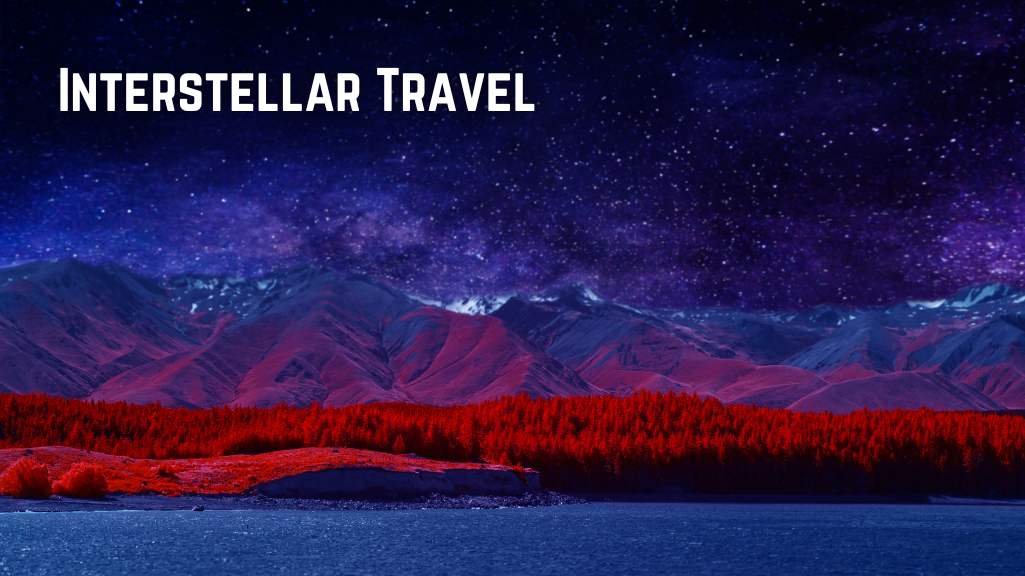Interstellar Travel: Challenges and Possibilities
Devin Barton
. 1 min read
Interstellar travel is the ability to travel between stars in the exploration of space. In science fiction, interstellar travel is often depicted as faster-than-light, such as warp drive on "Star Trek" or light speed in "Star Wars," but research is underway to build robotic probes for Alpha Centauri (as in the Breakthrough Starshot project), and to develop hibernation systems, generation ships and other long-duration space technology needed to one day send astronauts to other stars. However, with the advancements in technology, including the integration of cutting-edge communication systems, like cam chat researchers are actively working towards making interstellar travel a reality.

Revisiting Special Relativity: General Relativity and Faster Than Light Travel
A critical look at this issue must necessary embrace two new observations. First, Special Relativity itself was superceded by Einstein’s own more powerful General Relativity (1915), in which faster than light travel is possible under certain rare conditions. The principal difficulty is amassing enough energy of a certain type to break the light barrier.
Interstellar Mission Inspired by Seabirds' Flight
Scientists have proposed a dazzling new mission to travel to the stars that is inspired by the elegant flights of seabirds, such as albatrosses, reports a new study. The interstellar concept mission would harness shifting winds generated by the Sun in order to accelerate a spacecraft to as much as 2 percent the speed of light within two years, allowing it to soar into the vast expanse beyond our solar system.
Scientists named the object "Oumuamua" a Hawaiian word meaning "visitor from afar arriving first"
Oumuamua was estimated to be about half a mile (800 meters) long. Astronomers had never seen a natural object with such extreme proportions in the solar system before. It was last detected traveling away from the Sun at about 196,000 mph or 87.3 kilometers per second on its way back to interstellar space.
How Would we Survive on an Interstellar Voyage?
Warp drives and ion propulsion are all very sexy, but they’re not much use if our interstellar voyagers starve, dehydrate or suffocate long before they even leave our own Solar System. Researcher Rachel Armstrong, who will be presenting at BBC Future’s World-Changing Ideas Summit in Sydney in November, argues we need to start thinking about the ecosystem that interstellar humanity will occupy out there in between the stars.
Benefits of Interstellar Travel
First off, it strengthens the hope for a cooperative international bond. Secondly there are a variety of beneficial outcomes of the continued use of the station. Technology for the station helps water purification effort worldwide, ultrasound studies, improved eye surgery and hardware, controlling bone densities, using robotics to operate on inoperable tumors, and many other health related benefits.
More Stories from
The Space Race and Beyond: Recommended Books for Space Travel Enthusiasts
The article discusses the Space Race and its impact on American history, both positive and negative.
Journey Through the Solar System: Formation, Celestial Objects, and Exploration
This article provides an overview of the solar system, its formation, and the celestial objects that make it up.
Exploring the Final Frontier: A Glimpse into the World of Space Research
From probing distant galaxies with space telescopes to charting the potential for human life on other planets, this article provides a glimpse into the evolving field of space research.
Connected Cosmos: Embracing the Future of Space Exploration with Video Chat
Discover the potential for human colonization of other planets, breakthrough propulsion systems, and the expansion of our knowledge of the universe through space-based astronomy.
Chandrayaan-3: India's Ambitious Lunar Mission for Scientific Exploration
Chandrayaan-3, India's third lunar mission led by ISRO, aims to overcome past challenges and demonstrate soft landing capabilities on the Moon.


.jpg?width=250&aspect_ratio=16:9)





.png?width=40&aspect_ratio=1:1)


